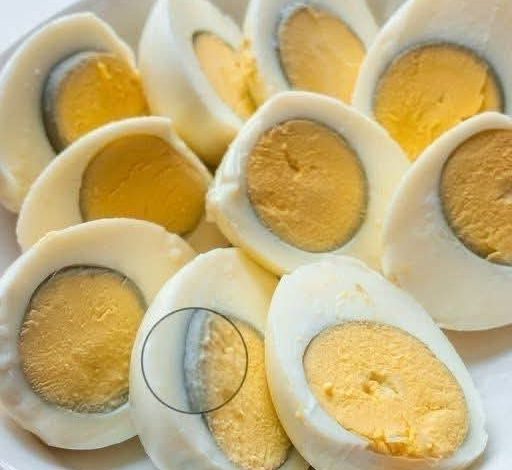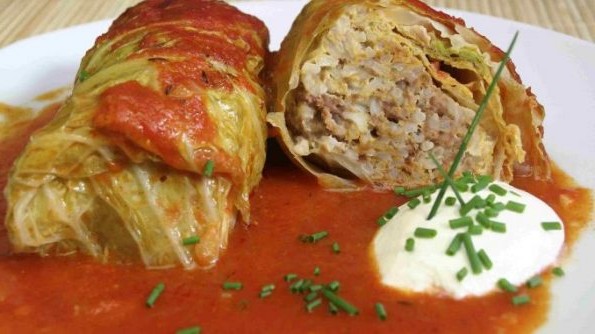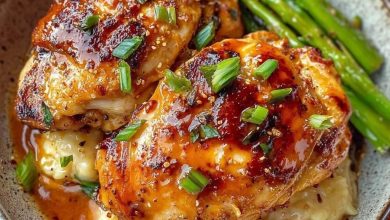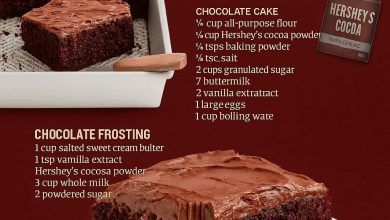
ADVERTISEMENT
Perfect Hard-Boiled Eggs Without the Gray Ring
Hard-boiled eggs are a kitchen staple — protein-packed, versatile, and incredibly simple to prepare. But as easy as they seem, one common mistake often sneaks into many kitchens: overcooking. If you’ve ever sliced into a boiled egg only to find an unappetizing gray-green ring around the yolk, you’re not alone. This harmless but unsightly discoloration is a telltale sign of sulfur and iron reacting due to overcooking. The good news? With the right timing and method, you can achieve creamy yolks and tender whites — every single time.
Ingredients:
-
Large eggs (as many as desired)
-
Water (enough to cover eggs by 1 inch)
-
Ice cubes or cold water for shocking
Instructions:
-
Place Eggs in a Pot:
Arrange your eggs in a single layer at the bottom of a saucepan. Fill with cold water until the eggs are covered by about 1 inch.ADVERTISEMENT
-
Bring to a Boil:
Place the pot over medium-high heat and bring the water to a full rolling boil. As soon as it starts to boil, cover the pot with a lid and immediately turn off the heat. -
Let Sit (No Peeking!):
Leave the eggs covered in the hot water for exactly:-
9–10 minutes for a fully cooked yolk without the gray ring
-
7–8 minutes for a slightly creamy center (soft-hard-boiled)
-
6 minutes for a jammy yolk (great for ramen or toast)
ADVERTISEMENT
-
-
Ice Bath Time:
Once time is up, immediately transfer the eggs to a bowl of ice water to stop the cooking process. Let them sit in the ice bath for at least 5–10 minutes. -
Peel and Enjoy:
Crack the shell gently and roll the egg on the counter to loosen. Start peeling from the wider end where the air pocket is. Rinse if needed.
Why the Gray Ring Appears:
The gray-green layer forms when eggs are boiled too long or at too high a temperature. This causes sulfur from the egg white to react with iron from the yolk, forming ferrous sulfide. While safe to eat, it alters both appearance and texture — and is a sign of overcooking.
Perfect hard-boiled eggs are a simple joy — soft yet firm, with golden, velvety yolks and pristine whites. Use them in salads, sandwiches, deviled eggs, or just with a sprinkle of salt. Once you master this gentle boiling technique, you’ll never settle for gray-ringed yolks again.
So next time you’re boiling eggs, remember: it’s all about timing, temperature, and that all-important ice bath! 🥚❄️
ADVERTISEMENT
Would you like a quick infographic or Facebook-style version of this next?




